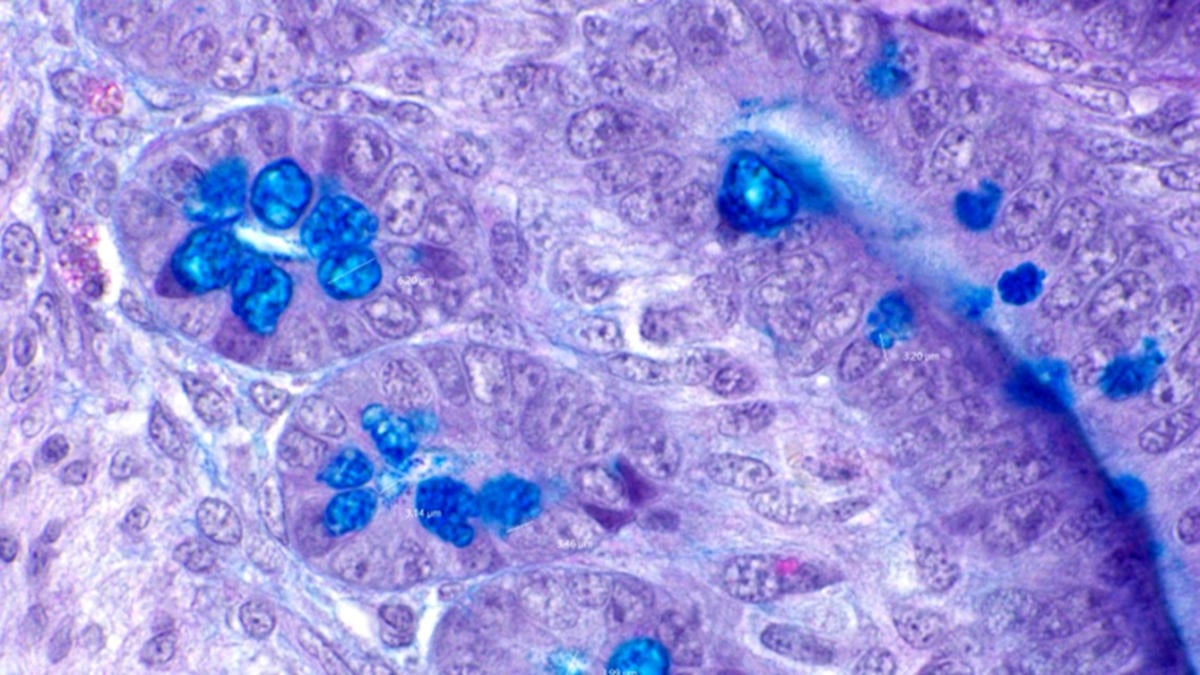Scientists at Yale report that they have uncovered a novel mechanism by which “good” bacteria colonize the gut. The microbes that inhabit the gut are critical for human health, and understanding the factors that encourage the growth of beneficial bacterial species in the gut may enable medical interventions that promote gut and overall human health.

Specifically, the Yale team discovered that one of the most abundant beneficial species found in the human gut showed an increase in colonization potential when experiencing carbon limitation—a finding that could yield novel clinical interventions to support a healthy gut.
The study “Bacteria require phase separation for fitness in the mammalian gut” appears in Science.
“Therapeutic manipulation of the gut microbiota holds great potential for human health. The mechanisms bacteria use to colonize the gut therefore present valuable targets for clinical intervention. We now report that bacteria use phase separation to enhance fitness in the mammalian gut,” write the investigators.
“We establish that the intrinsically disordered region (IDR) of the broadly and highly conserved transcription termination factor Rho is necessary and sufficient for phase separation in vivo and in vitro in the human commensal Bacteroides thetaiotaomicron. Phase separation increases transcription termination by Rho in an IDR-dependent manner. Moreover, the IDR is critical for gene regulation in the gut. Our findings expose phase separation as vital for host-commensal bacteria interactions and relevant for novel clinical applications.”
The Yale team, based in the lab of geneticist Eduardo Groisman, the Waldemar Von Zedtwitz, PhD, professor of microbial pathogenesis, found that the beneficial gut bacterium Bacteroides thetaiotaomicron responded to starvation for carbon by sequestering a portion of the molecules for an essential transcription factor within a membrane-less compartment.
Important role for a transcription factor
The team established that sequestration of the transcription factor increased its activity, which modified the expression of hundreds of bacterial genes, including several that promote gut colonization and control central metabolic pathways in the bacterium. These findings reveal that “good” bacteria use sequestration of molecules into membrane-less compartments as a vital strategy to colonize the mammalian gut.
Bacteroides thetaiotaomicron and other bacteria residing in the mammalian gut have access to nutrients ingested by the host animal. However, there are also long periods of time when the host organism does not eat. Deprivation of nutrients, including carbon, elicits the production of colonization factors in beneficial gut bacteria, the researchers found.
“One of the things that emerged is that when an organism is starved for carbon, that is the signal that helps produce properties that are good for surviving in the gut,” said Aimilia Krypotou, PhD, a postdoctoral fellow in Groisman’s lab and lead author of the study.
The findings could help spur the development of new probiotic therapies for gut health, noted Krypotou, adding that “most studies just look at abundance of bacterium. If we don’t understand what’s happening at the molecular level, we don’t know if it would help.”

